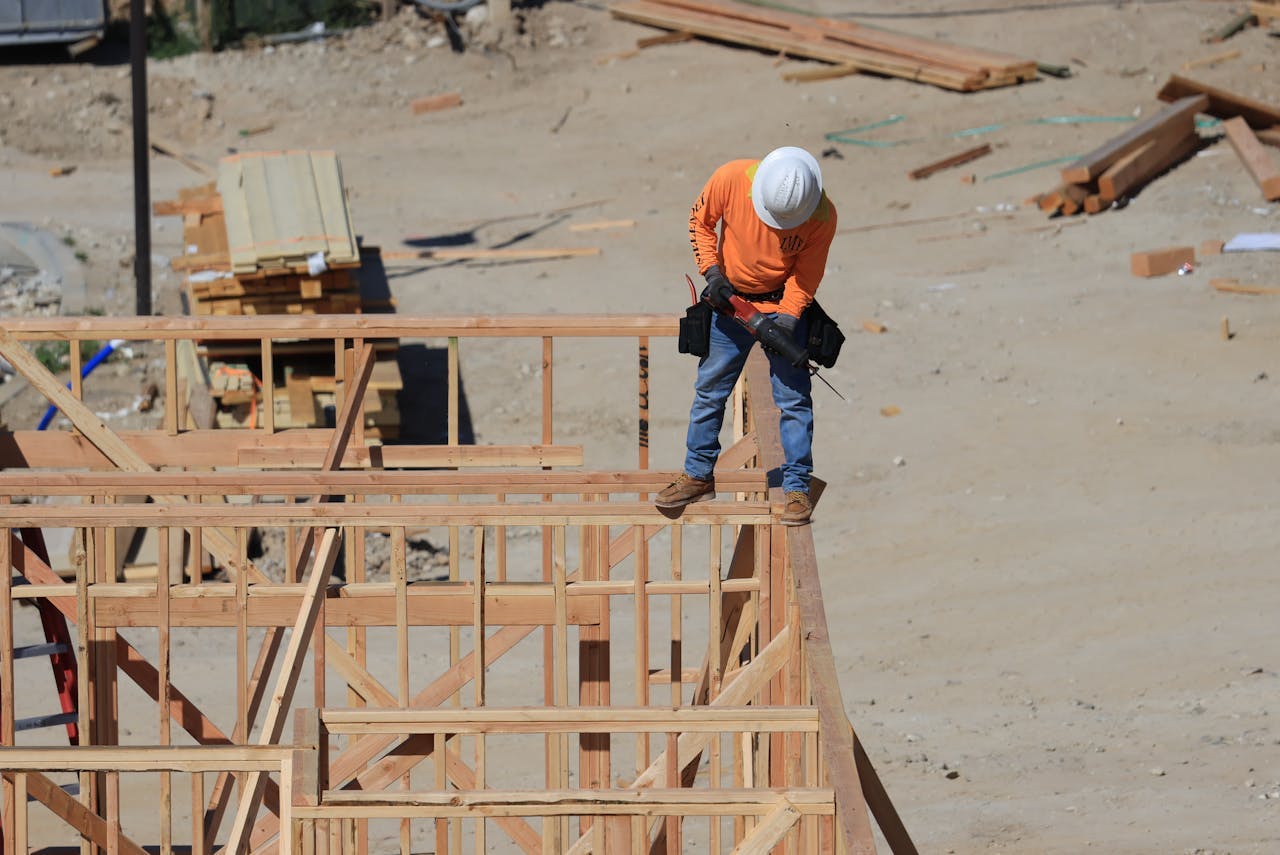All employees expect to return home safely at the end of their workday, but in 2021, 5,190 did not. And that gruesome number represents workplace fatalities in the United States alone. Construction sites have the worst reputation, with an astonishing 951 deaths out of the 5,190.
In 2016, the numbers were similar, with 991 construction site deaths out of 4,693 total workplace deaths. And the number one cause was falling on construction sites — 39% of the 991 in 2016 were due to falls.
With a mere 3% decrease in workplace deaths over five years, OSHA’s progress is slow and minor, largely due to its lack of available resources. With only 1850 OSHA inspectors covering over 8 million workplaces that employ approximately 130 million people, that equates to only one inspector for every 4,324 businesses or 70,000 workers, according to the Bureau of Labor Statistics.
As an employer, you can make better progress in ensuring your employees return home safely by encouraging a company culture that prioritizes safety. As a leader, proper planning, employee training, educating, enforcing, and rewarding starts with the top down. And by the way, lowering injuries and fatalities isn’t the only benefit of a safe job site. A safe track record also lowers worker’s compensation and insurance premiums, helping you bid lower for jobs. Conducting a hazard assessment is a crucial step in identifying and evaluating potential fall hazards on your construction site, and discussing practical strategies to mitigate the risk of falls and ensure the safety of construction workers on your workforce, including specific measures such as fall protection equipment, fall prevention training and education.
Keep reading to learn how to protect your employees from the number one cause of construction site deaths — dangerous fall hazards.
- What is a Fall Hazard?
- What are Some Methods of Fall Protection and Prevention?
- What are the Major Types of Fall Hazards in Construction?
- Fall Hazard #1: Improper Ladder Use
- Fall Hazard #2: Unprotected Openings and Edges
- Fall Hazard #3: Improper Scaffolding Construction
- Ensure Your Employees’ Return Home Safely Every Day With monitorQA
What is a Fall Hazard?
OSHA defines a fall hazard as “anything at your worksite that could cause a worker to lose their balance or bodily support and result in a fall.”
The potential for fall hazards is high on any construction site, but the odds are more significant in an elevated work area.
What are Some Methods of Fall Protection and Prevention?
OSHA requires workers to use fall protection measures if they are at least six feet off the base surface or working over dangerous machinery or equipment. Some fall protection and prevention measures include guardrails, nets, and personal fall arrest systems.
- Guardrails: Besides being vigilant and keeping the work area clear of debris and tripping hazards, guardrails are the only method that prevents falls. The top rail must be 42 inches (+/- 3 inches) from the surface and be strong enough to resist a minimum force of 200 pounds applied downward or outward while remaining a minimum of 39 inches from the base surface. The middle rail must be strong enough to resist 150 pounds of downward or outward force.
Guardrails are perfect for roof and floor openings, unprotected roof edges, scaffolding, and elevator shafts.
- Nets: Nets are an OSHA-approved method of fall protection, but they aren’t as popular due to the complexity of the setup and the space needed below the work areas. Workers must place the nets within 30 feet below and extend at least eight feet beyond the work area. Ropes around the border of the net must be strength tested for a minimum of 5000 pounds; you can test the efficiency of the net by dropping a 400-pound bag of sand.
- Personal fall arrest system: Several components make up the personal fall arrest system:
- Anchorage point
- Body harness or body belt
- Carabiners, snap hooks, connectors, or D-rings
- Lanyard or lifeline
- Deceleration device
Inspect all personal fall arrest system components for damage and proper operation before every use and ensure they have a 5000-pound strength rating.
What are the Major Types of Fall Hazards in Construction?
The construction industry has 3 major types of fall hazards:
- Improper ladder use
- Unprotected openings and edges
- Improper scaffolding construction
Fall Hazard #1: Improper Ladder Use
Always choose the right ladder for the job. First, ensure the ladder is long enough to extend three feet past the working surface while angled one-quarter of the working height from the vertical structure. Then, inspect it for damage or any caked-on materials that could cause slippage (ice, snow, mud, grease, etc.). Additionally, make sure the ladder is properly secured with guardrails or handrails and that employees are wearing the necessary personal protective equipment (PPE) and are trained in proper ladder use to prevent falls from elevation and serious injury.
Secure the ladder at the top and the bottom to prevent it from sliding, slipping, or getting knocked over — the wind likes to do this to you. Always face the ladder and maintain three-point contact (either a hand and two feet or a foot and two hands) when climbing or descending.
To maintain three-point contact, carry tools in a waist or shoulder belt or hoist them up with a rope along with materials and equipment. When working from the ladder, always face your body to it directly, never lean to reach, and don’t work off the top two steps.

Fall Hazard #2: Unprotected Openings and Edges
Construction sites constantly evolve, which means new hazards can appear as work progresses, and old dangers may disappear. Hazard assessments are an ongoing task that every worker must acknowledge. Guardrails protect openings in floors and roof edges, preventing falls from occurring.
Fall Hazard #3: Improper Scaffolding Construction
A qualified and competent person must oversee the construction of the scaffolding. Suspended scaffolds, for example, window cleaners, must use ropes rated for six times the intended load. Self-supported scaffolding has to withstand its weight plus four times the intended load, which includes tools, equipment, materials and workers.
The walking/working platform must be at least 18 inches wide and have the proper mid rails, guardrails, and toe boards on open sides. Proper training on the proper use of scaffolding, including climbing and descending, is crucial in keeping your employees safe.

Ensure Your Employees’ Return Home Safely Every Day With monitorQA
Supply-chain issues and inflation have increased competition in the bid for construction jobs. In most cases, the contract goes to the lowest bidder, even if they’re not OSHA compliant.
monitorQA can help keep your employees safe and lower your contract bids by eliminating potential fall hazards and injuries. Keep safety front and center by instilling a safety culture of consistent collaboration, communication, education, and coordination.
Our mobile inspection software enables site supervisors to perform fall hazard assessments before work begins, identifying any breaches in safety and efficiently delegating safety processes accordingly. Since all employees have access to the mobile app, everyone stays on top of real-time updates, fall hazards, assessments, and accountability.
Safety begins with you.
Try it for free today.
last modified:09.17.24
Recent Posts
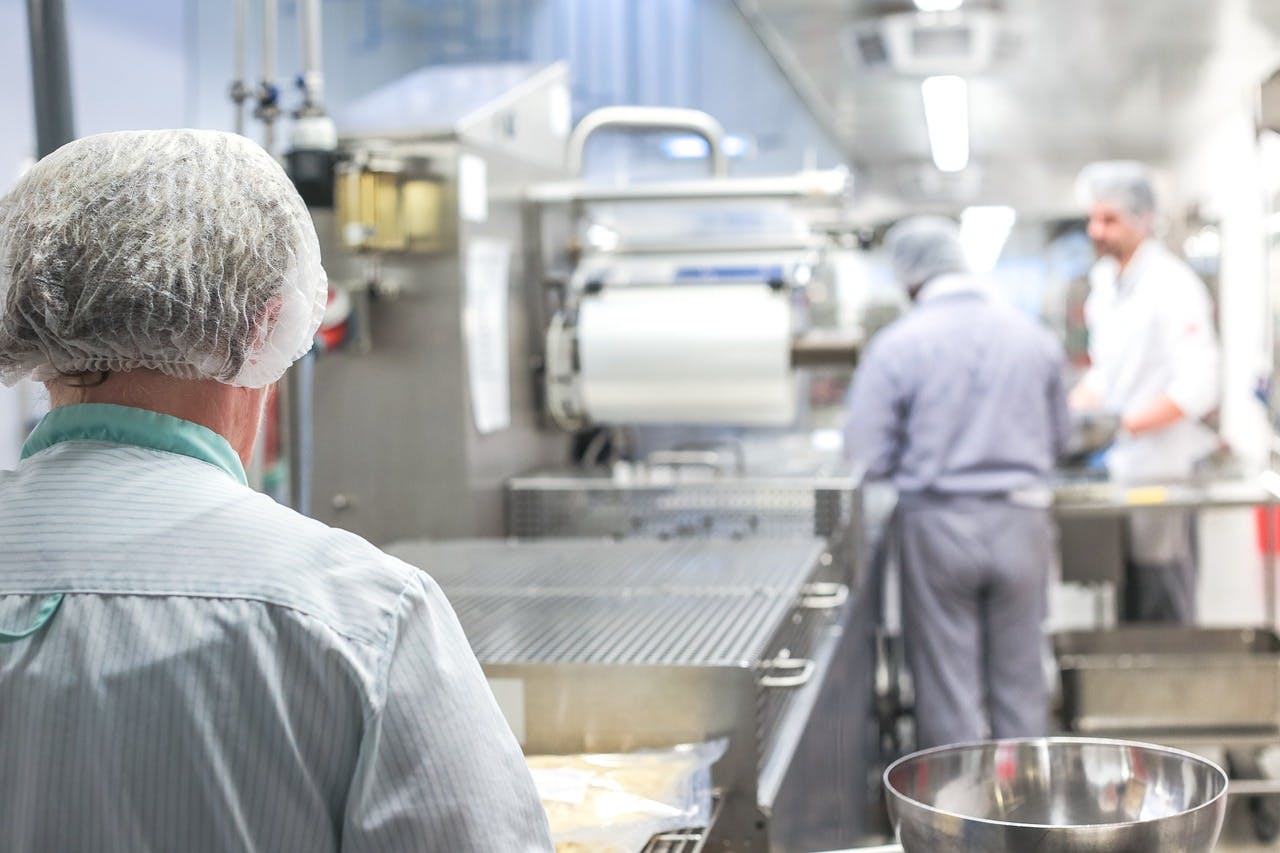
Top 5 Food Processing Industry Trends That Matter in 2025

Keeping Up With Compliance Trends 2025
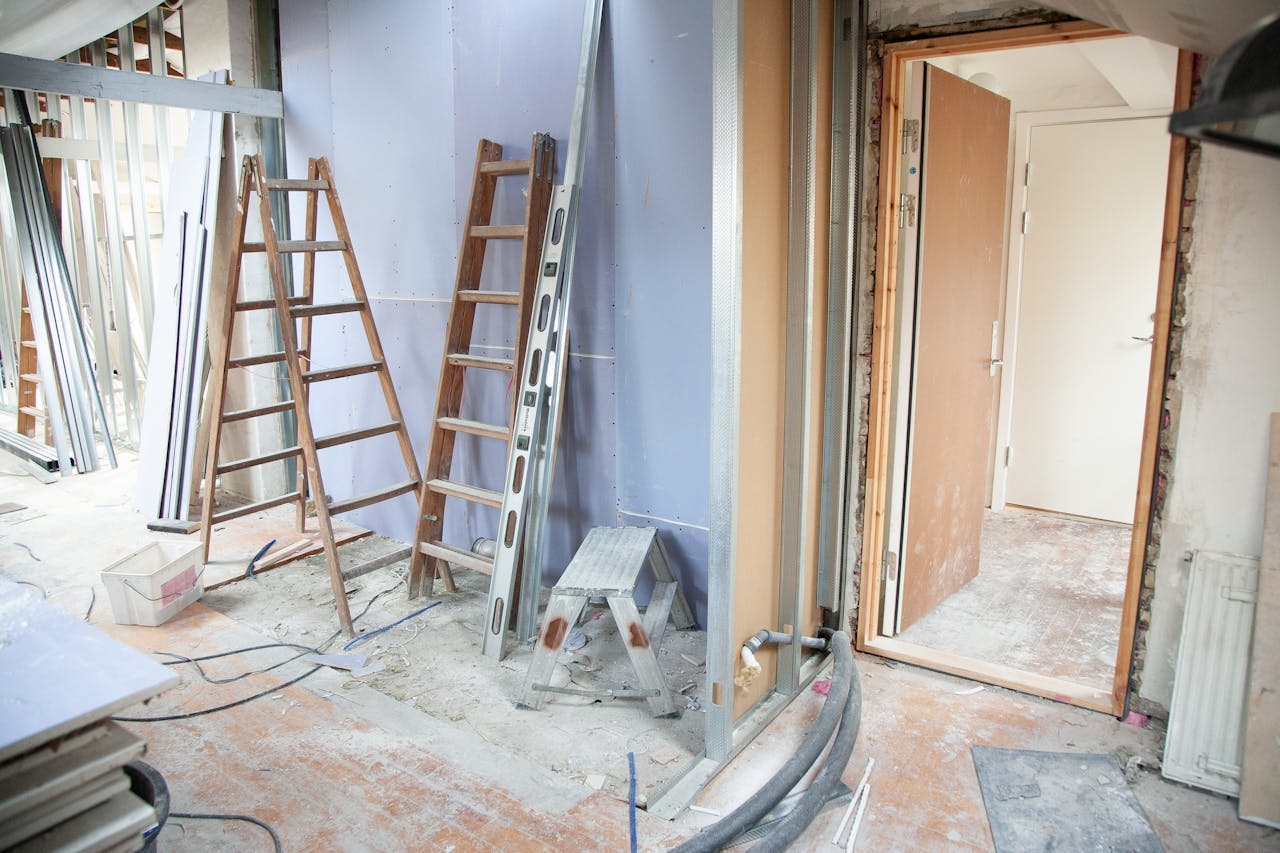
OSHA Ladder Safety 101: How to Meet OSHA Standards and Keep Your Workers Safe

Car Wash Safety: Regulations & Best Practices You Need to Know
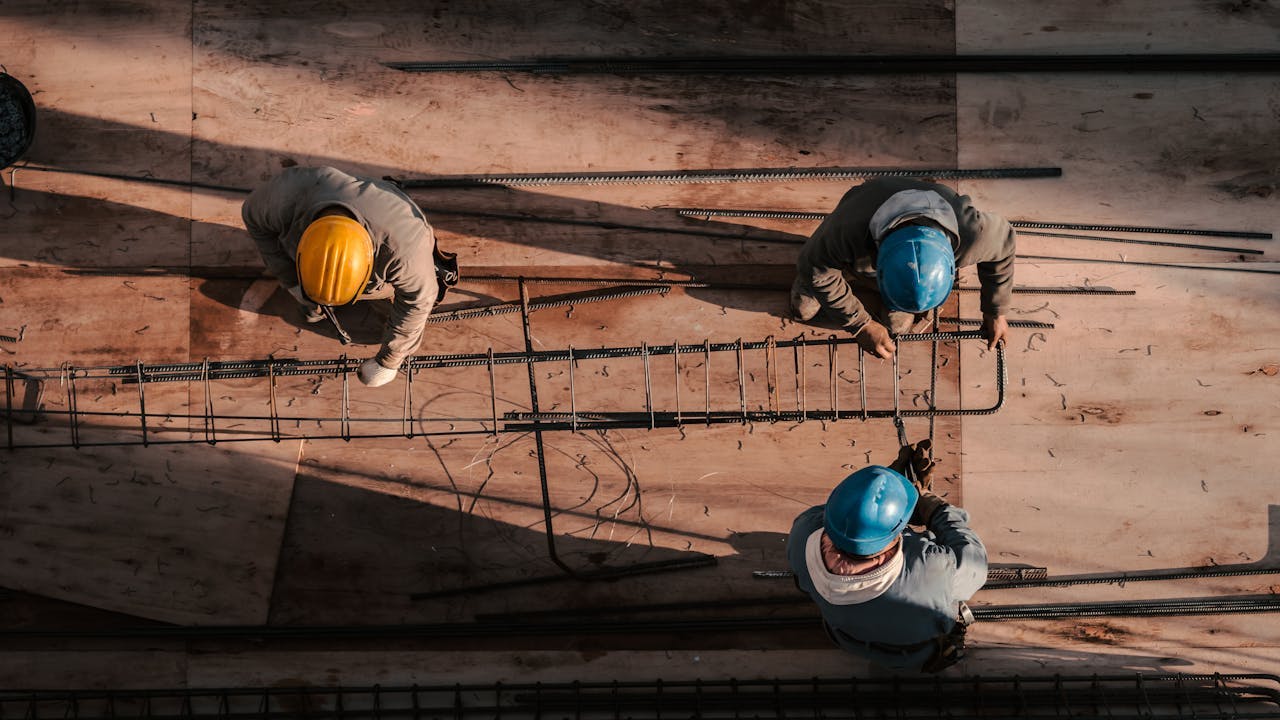
The High Price of Neglect: OSHA Violations and Penalties

Expert Advice on Preventing Workplace Electrical Hazards
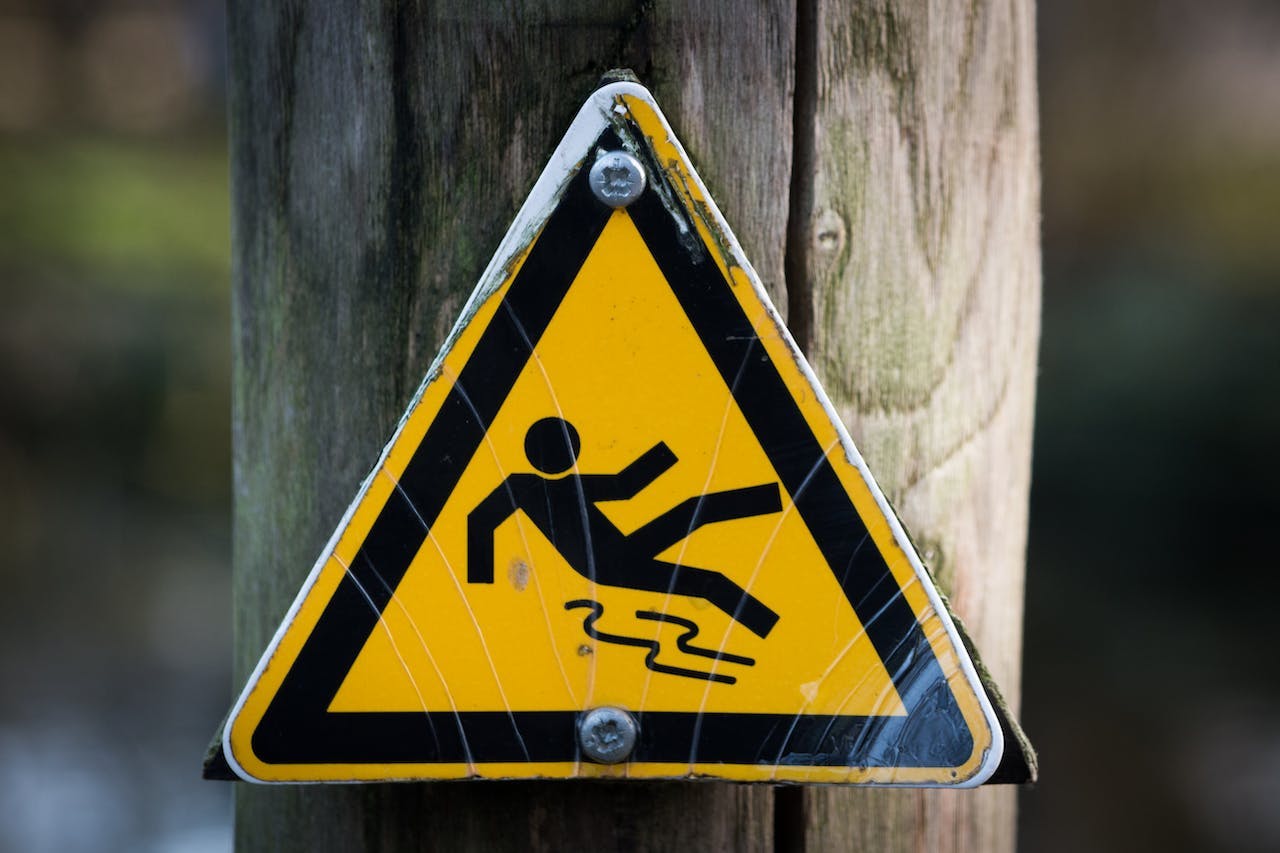
Slips, Trips and Falls in the Workplace: Best Practices

HSEQ Audit: The Complete Guide
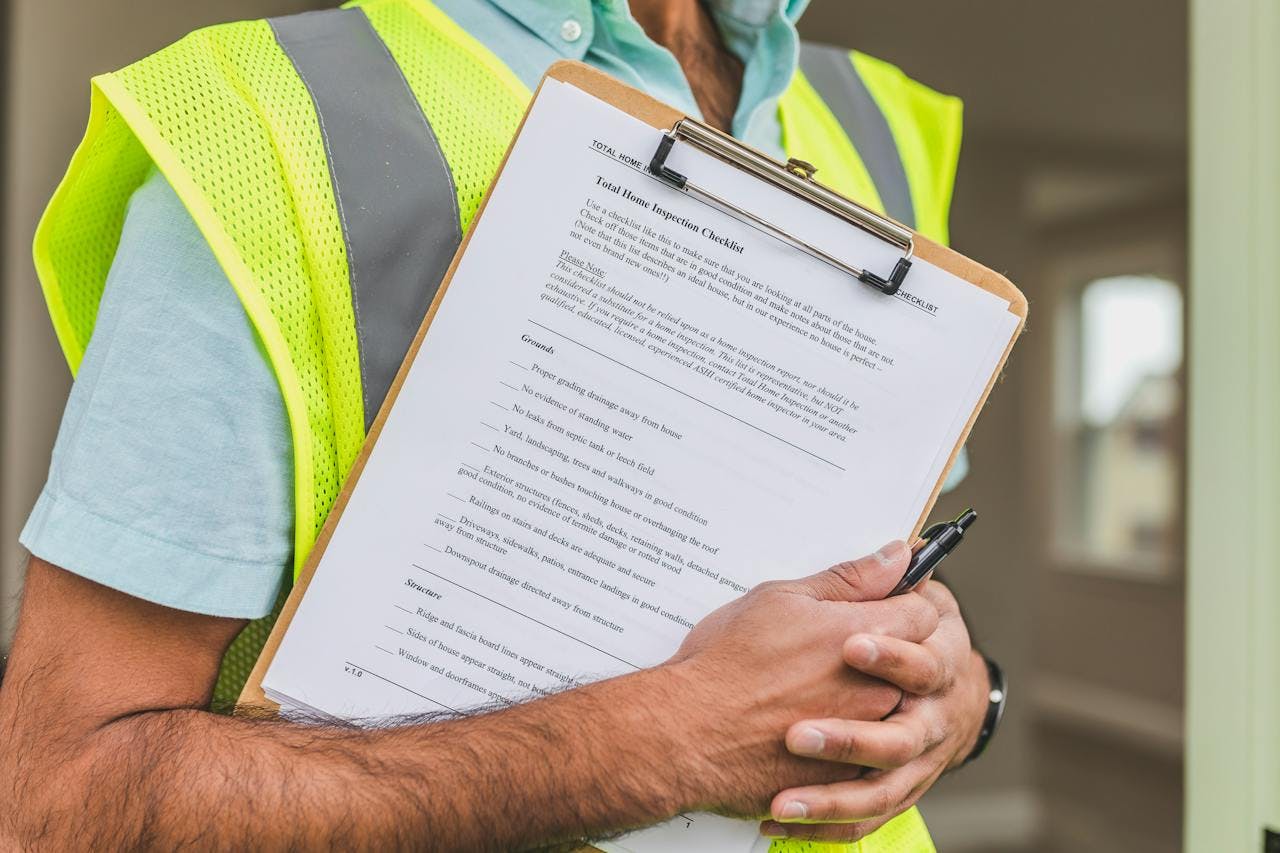
Improve Safety: Inspection Management Software Benefits
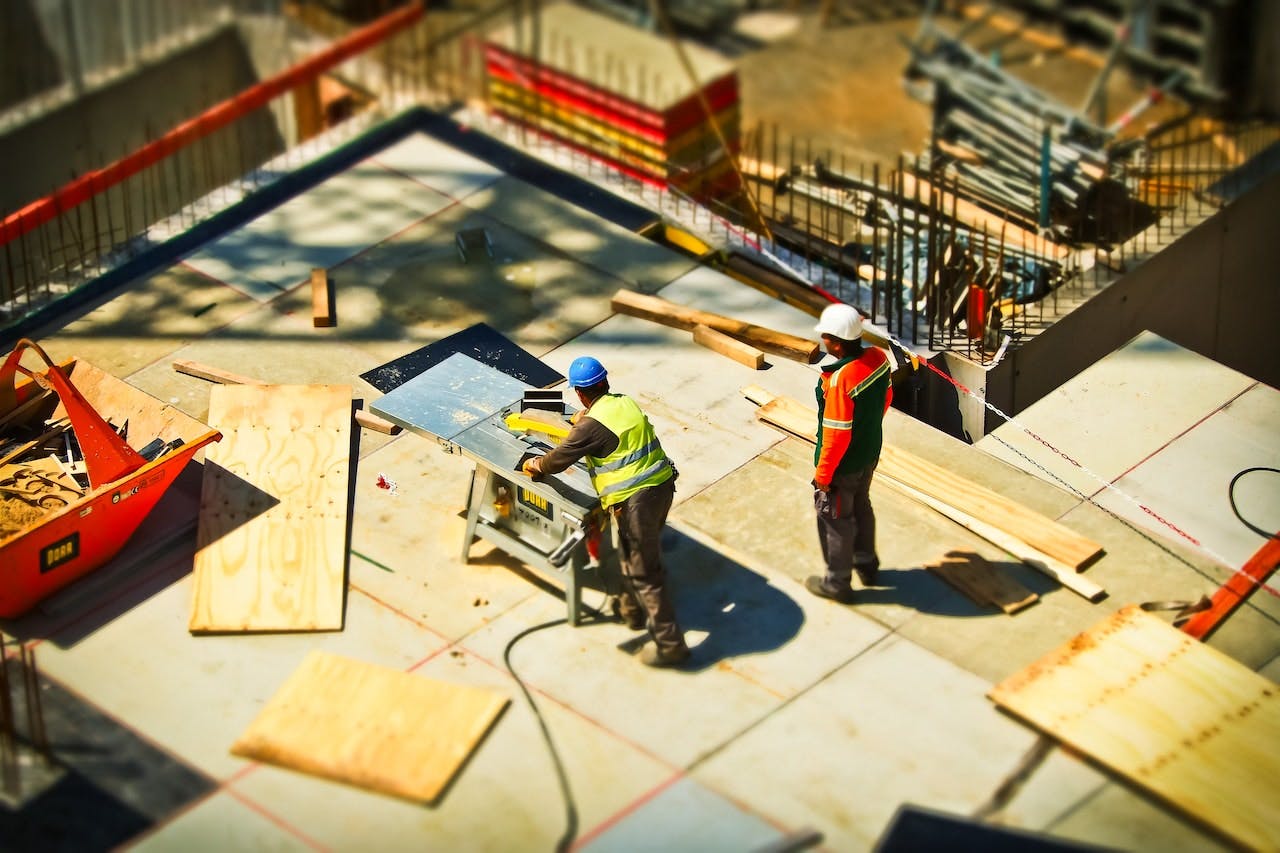
Promoting Safe and Productive Working Environments: Occupational Health & Safety Tips to Consider
